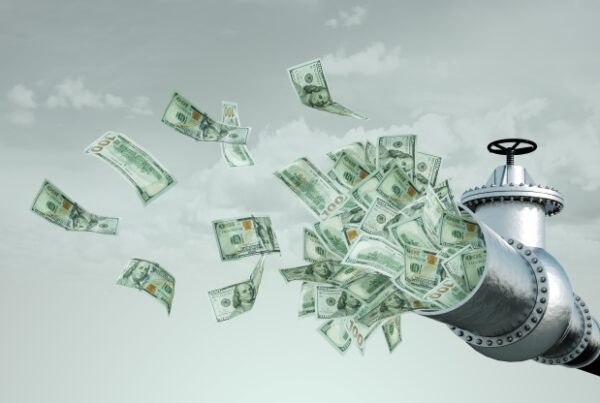
At Starbucks and other ESG leaders, treasury is using a range of financial tools and promoting the creation of others to reach net-zero.
Treasurers at multinational corporations including Starbucks that have made ambitious, public commitments to cut carbon emissions are becoming experts in a range of tools, techniques and topics so they can better assist companies achieve net-zero and other carbon reduction goals.
- That takeaway emerged at a recent meeting of NeuGroup for Mega-Cap Treasurers, where Starbucks treasurer Peter Filipovic outlined for peers the major levers the company is pulling to cut its greenhouse gas emissions by 50% by 2030—and the extent of the role treasury is playing in the process.
- His presentation and comments by peers made clear that treasurers at companies committed to sustainability have a thorough knowledge of tax equity investments, green and sustainability bonds, renewable energy certificates or credits (RECs) and virtual power purchase agreements (VVPAs)—and are working with bankers and other partners to help find new solutions to reduce the footprints of suppliers, including farmers.
Going beyond RECs. Mr. Filipovic began by describing the area where treasury is playing the largest role in his company’s emissions reduction effort: the move to using 100% renewable energy. To get there, Starbucks has been buying RECs for more than 15 years, but views them differently today.
- “Now, if you want to be a leader in this space, it’s not just about buying RECs from existing projects,” he said. “A lot of the focus is on what you are doing to actually bring new green energy capacity to the US grid.”
- Another treasurer said some of his company’s competitors purchase RECs to reach the 100% renewable energy goal faster; his company, though, wants to first exhaust additionality by financing projects that create renewable energy beyond what would have been produced anyway. “That’s making the grid greener,” he said.
- Mr. Filipovic then described two finance vehicles that have helped offset 70% of the company’s carbon emissions (with the remainder covered by purchasing RECs): tax equity investments in renewable energy projects that provide capital to developers of, say, solar farms in exchange for tax credits; and VPPAs, a contract structure in which a power buyer (or “off taker”) agrees to purchase a project’s renewable energy for a pre-agreed price.
Challenges and solutions. One obstacle, he said, is that demand by corporates for VPPAs and tax equity deals has increased significantly, making them harder to obtain and more costly. “The economics are not as good as four or five years ago.”
- Cost is also an issue when trying to obtain RECs in China, Starbucks’ second biggest market, where the certificates cost three to four times as much as in the US, he said. So the company hopes to invest in solar and wind farms directly, through private equity funds that offer RECs in addition to a financial return. Mr. Filipovic encouraged other companies to consider investing in funds that help them offset emissions from their suppliers.
- Another major source of the company’s carbon footprint derives from farms that produce the coffee and dairy Starbucks buys. To reduce these so-called Scope 3 emissions from its supply chain, treasury manages a global farmer fund that supports programs that help coffee farmers to engage in more sustainable practices.
Looking to the future. In his concluding remarks, the Starbucks treasurer said, “This whole space around carbon has been evolving quite dramatically and as we work with our banks, we are hoping for finance to catch up.”
- Another treasurer looking toward the future identified investing in projects that promote sustainable forestry practices to boost carbon sequestration as another space that may attract corporates looking to create impact in cost-effective ways. He hopes other companies will join him in pushing for the creation of investment vehicles that could also help counteract some effects of deforestation, including in areas of South America.
- He said that while treasury may not lead the effort to create such funds at companies with robust sustainability teams, it has a meaningful role to play in ensuring corporates make sound decisions.
- “We are viewed as sort of the investment house,” he said. And just from the financial perspective, when you’re talking about structuring funds and doing other things, we have an opportunity to provide the financial voice of reason and ask, ‘does this really make sense and are you thinking about x, y or z?’”
- He and another treasurer said this guidance extends to making sure people outside of finance at the company appreciate the intrinsic value of RECs the company earns by investing in renewable energy. That means making sure “people understand RECs are important and the centerpiece of an investment. We are ascribing a financial value to the REC and it’s making sure everyone is aligned to that,” the second treasurer said.


